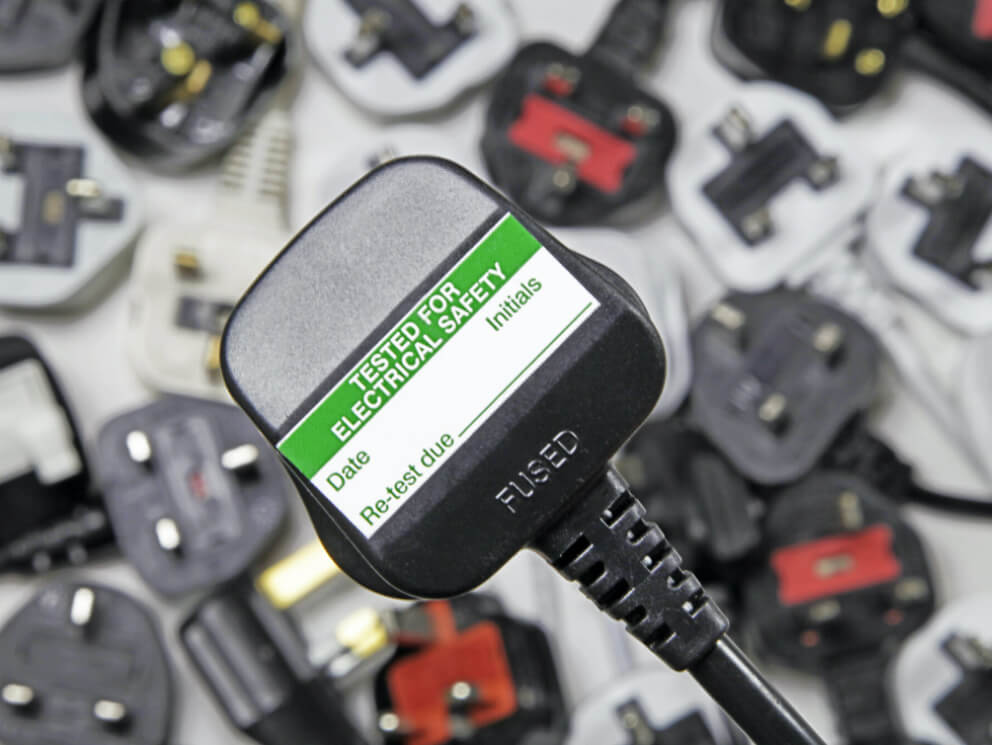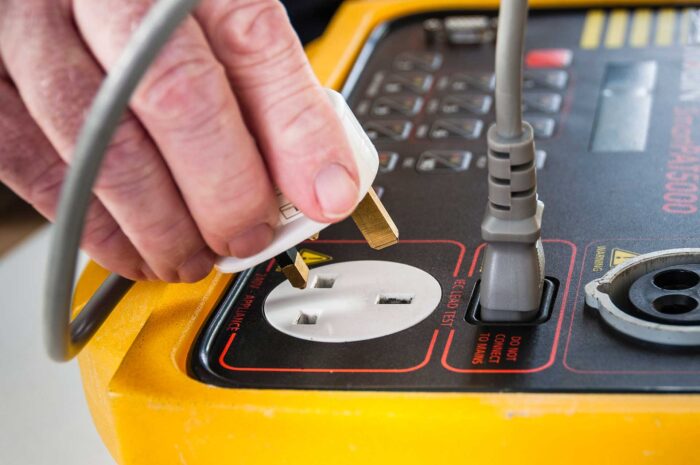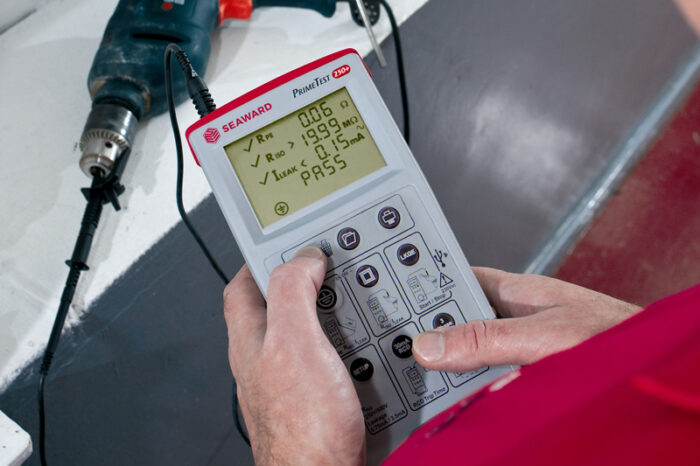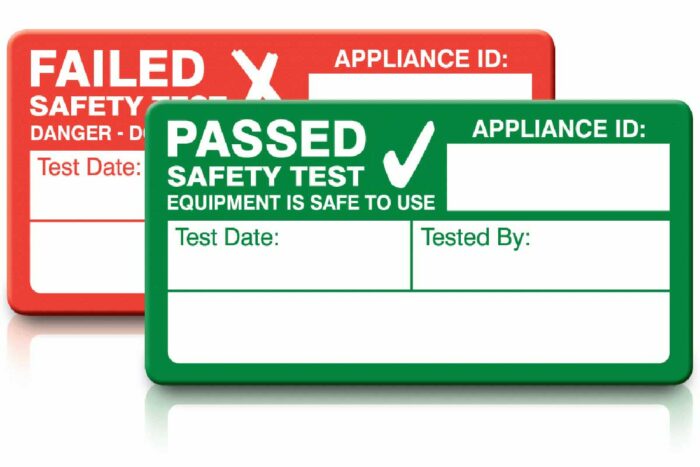
PAT testing is a type of electrical safety test that ensures the safety of electrical equipment. These tests are conducted to make sure that the equipment can withstand power surges and power interruptions.
Take for example a computer. If the computer is plugged into an outlet that is not grounded, then the electrical component inside of the power supply could be damaged when there is a power surge or interruption.
PAT Testing in USA and Canada
Portable appliance testing is not a legal requirement in the United States. It is an industry best practice for generators to be tested using an approved testing agency. This is not a legal requirement in Canada, but it is a recommended practice by the United States Department of Energy to test portable and residential appliances.
What About the UK?
PAT testing is a legal requirement in the UK and it is done by qualified electricians who are authorized by the government to do the testing. Also, it can be done through an online service or at a local electrical store.
The purpose of PAT testing is to identify any potential hazards that may exist in your home or office, such as faulty wiring, loose connections, and overloaded circuits. A qualified electrician will carry out this test using an approved PAT tester and will then provide you with a certificate of compliance which you must keep for your records for 10 years from the date of completion.
What appliances need to be PAT tested?

Appliances that need to be PAT tested are those that produce heat. This includes anything from a toaster, hairdryer, or electric blanket. PAT testing is an important safety measure for appliances that produce heat. It is a compulsory requirement for all gas appliances in the UK and it is vital that you take this into account when buying or renting any property.
What Does PAT Testing Involve?
The PAT tester checks the insulation resistance, continuity, and capacity of the device to resist an electric current. The test involves a tester that sends a low-voltage alternating current through an item’s live parts while measuring its insulation resistance with a voltmeter or ohmmeter.
It also involves checking whether there are any short circuits in the device by applying a voltage to it with a power supply and looking for evidence of sparks or smoke coming from it.
The instrument is typically used to perform the following tests:
- Measuring the insulation resistance with a voltmeter or ohmmeter of circuits in live parts, such as electricity and gas lines.
- Measuring how well an appliance has been grounded.
- Testing for a short circuit in electrical devices by applying a voltage to it at a power supply and looking for sparks.
Why Is Portable Appliances Testing Recommended?
There are a number of reasons why PAT testing is recommended. It can help to identify potential electrical problems before they occur and it can also help to reduce the risk of electrical shocks and fires.
PAT Testing is performed to make sure that the electrical installation is safe and up to date with current regulations. It is required by law in some states and can help to identify potential electrical problems before they occur.
The Rules for Conducting a Test

The last decade has seen a substantial increase in the number of electrical fires in residential buildings. In response to this, the National Fire Protection Association (NFPA) in the US and Canadian Electrical Code have introduced more stringent requirements for conducting a test.
The electrical safety regulations in the US and Canada are intended to protect buildings and their occupants from fire, shock, or other life-threatening risks. A key part of this is ensuring that all electrical equipment is safe to use and that electrical hazards are mitigated by maintaining a safe working environment with adequate emergency response capabilities.
The National Electrical Code (NEC) is a document published by the National Fire Protection Association that serves as a set of minimum standards for electrical installation in buildings. The code also provides guidance on how to meet these minimum requirements, including sections on appropriate design, construction, and maintenance.
There are also numerous other documents that detail electrical safety and standards in Canada, with varying degrees of overlap with the NEC. The National Fire Protection Association also publishes the NFPA 70E which is a guide to fire protection for electrical systems.
This document covers the design and installation of electrical systems and includes guidance on hazard mitigation, fire-resistant construction, and other topics. The National Electrical Code (NEC) is a document published by the National Fire Protection Association that serves as a set of minimum standards.
How can we reduce risk with higher quality & more frequent PAT Tests?
Electrical safety is a major concern for many homeowners. You should know that electrical fires are the leading cause of home fires, and they can happen quickly and without warning.
To prevent electrical fires, homes should have working smoke alarms. They should also be checked regularly, and if they are not working, they should be replaced. PAT testing portable appliances is a way to ensure that these things happen. It can help you save money by catching problems early before they become hazardous and costly issues.
FAQ

How Often Should PAT Testing Be Done?
PAT testing should be done at least once every six months, but some companies choose to do it more often. If you have a high-voltage system or if you are using old wiring, then you may need to do it more often than that. The frequency of PAT testing will depend on the type of system being tested and the condition of the wiring in the particular location.
How Much Does PAT Testing Cost?
The cost of PAT testing varies depending on the size and complexity of the installation, as well as other factors like whether or not you need a licensed electrician to do it.
The cost can range from $200 to $500 per hour per electrician. This is just an estimate, so you might want to consult with your local electrician for their rates.
Also, it can be done by a licensed electrician or even by yourself if you have the right tools at home.








